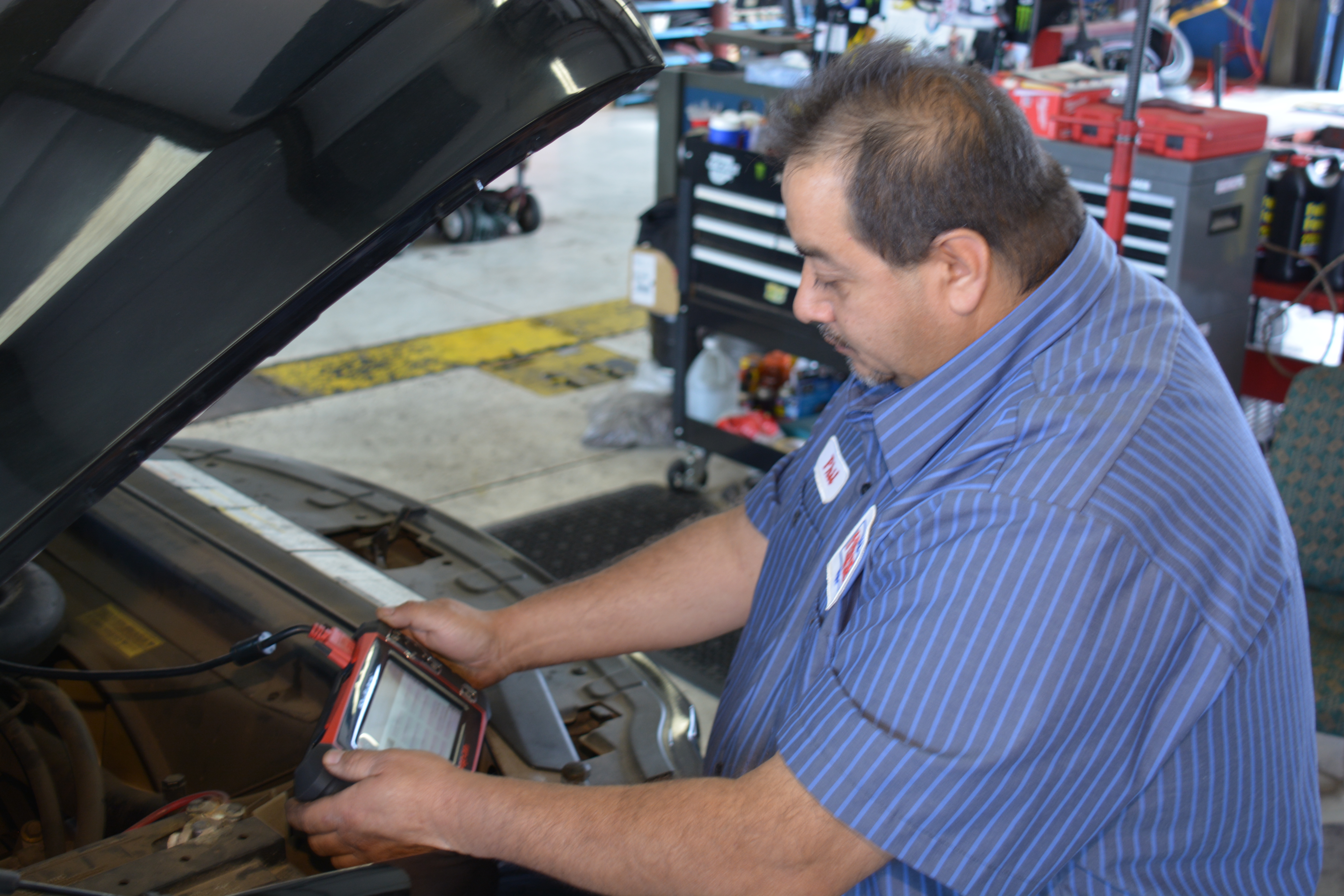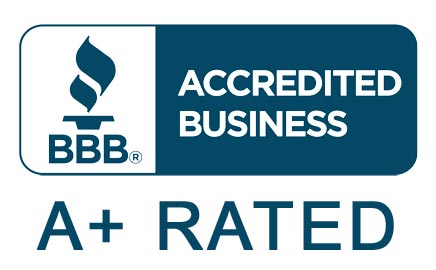Safe driving requires more than defensive driving, readiness and alertness. It also involves making sure you have a safe car. Maintaining a safe car requires staying up to date with routine maintenance, recalls and general care. Average car drivers don’t keep tabs on everyday recall events and rely on the car manufacturer or dealer to notify them when it’s time to get something fixed. In order to ensure that you have a safe car, keep up with those notices and get your car fixed right away.
Drive a Safe Car and Adhere to Recalls
Recalls are actually fairly common and most are due to routine issues that are easily fixed by a dealership. There’s no need to panic if you receive a notice of recall, simply read it carefully and follow the instructions in the letter. Generally, recalls are focused on a simple malfunction – or the possibility of a malfunction – in a part of the car or engine that affects safety. By having your vehicle repaired in a timely manner, you can avoid damage to the car and improve your chances of driving a safe car.
At times, there are recalls that you haven’t yet received a letter about, or perhaps you received a notice and lost it. To check to see if there are active recalls on your vehicle, you can take two simple steps. First, make a note of the Vehicle Identification Number (VIN) of your car. You can find this on your registration slip and it is also located on the car.
To find the VIN, go to the driver’s side windshield. Look through from the outside, and notice the metal plate on the lower corner of the inside dash. Write down the letters and numbers on the plate, which are the VIN.
After you obtain the VIN for your car, you can visit Safercar.gov and enter your VIN into the website. The database will tell you if there are any active recalls for your car. If there are, be sure to attend to them as soon as possible to maintain your safe car.
Three Things to Do If Your Car is Recalled
If you discover that your car has a recall, there are three things to do to make sure that your vehicle remains a safe car to drive. By taking these steps, you can ensure that you are responding appropriately to the recall and keep yourself and others on the road, safer.
- Determine if you are eligible for free repairs. In most cases, if the vehicle is less than 10 years old from the date of the first purchase, the automaker must correct the problem by repairing the car, replacing the car or providing a refund for the purchase price of the car minus depreciation. If the car is older than that, you may have to pay for the repair out of your own pocket. However, it’s worth the cost to drive a safe car.
- Be patient. Sometimes a notice of recall is sent out before a plan for repair is established. If the letter you receive doesn’t indicate how or when to get a repair, contact a dealership or repair shop for more information. Sometimes you simply need to wait for additional instructions. If the recall impacts a large number of cars, the needed parts may be backordered for a period of time.
- Get help if you face resistance. In the rare case that you cannot get your car appropriately repaired according to the recall notice, be sure to escalate your concern to the dealer service manager. If that doesn’t work, you can contact the manufacturer or contact the National Highway Traffic Safety Administration (NHTSA).
A car recall is usually preventive in nature, and is not a reason to panic. However, having a safe car is vital and you want to get the repair done as soon as possible. Take your car to the nearest automotive shop or dealership to get it fixed. You can find more information about car repairs and recalls on our website. We’re here to serve you – let us get your car safe and back on the road!






